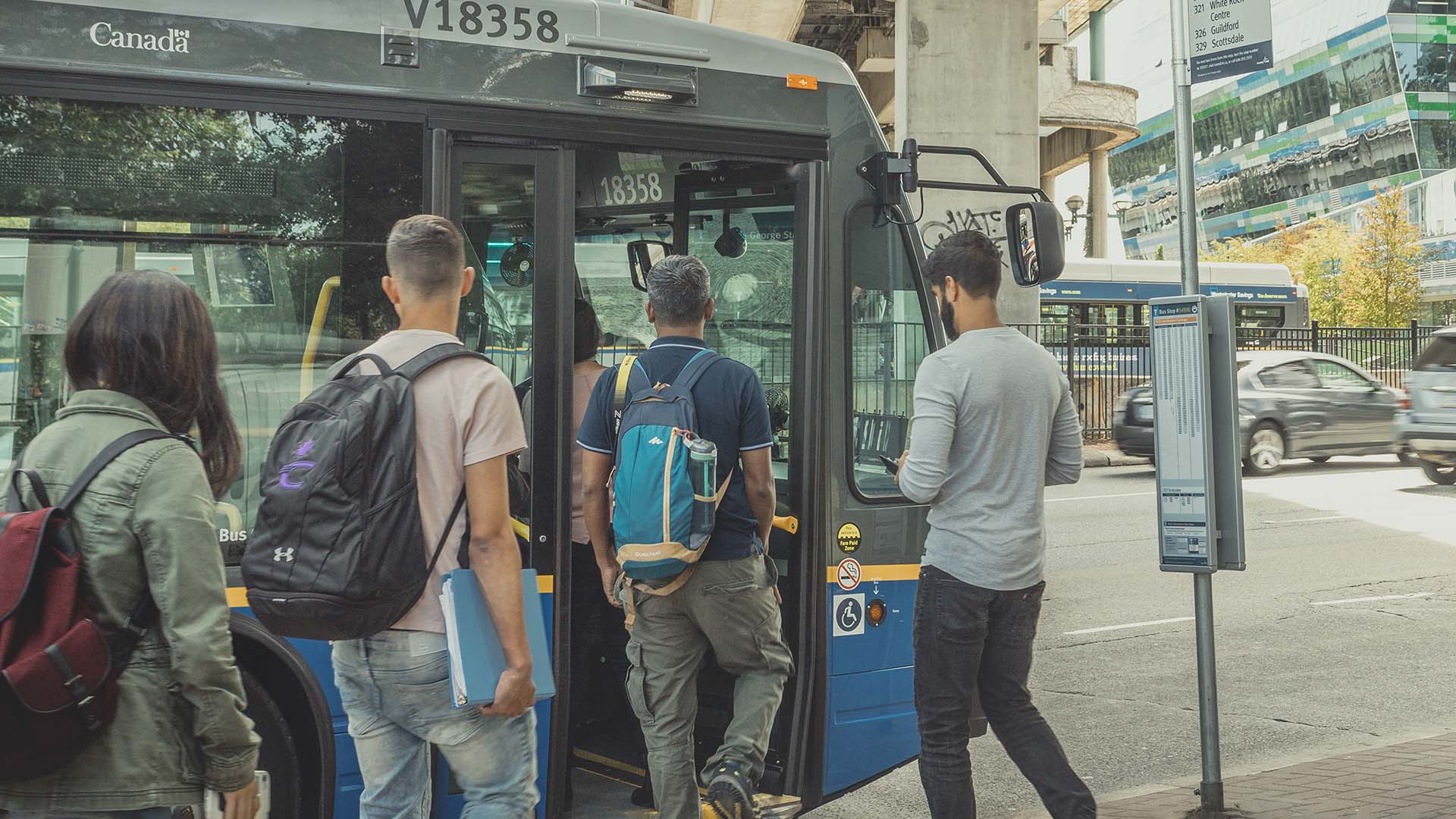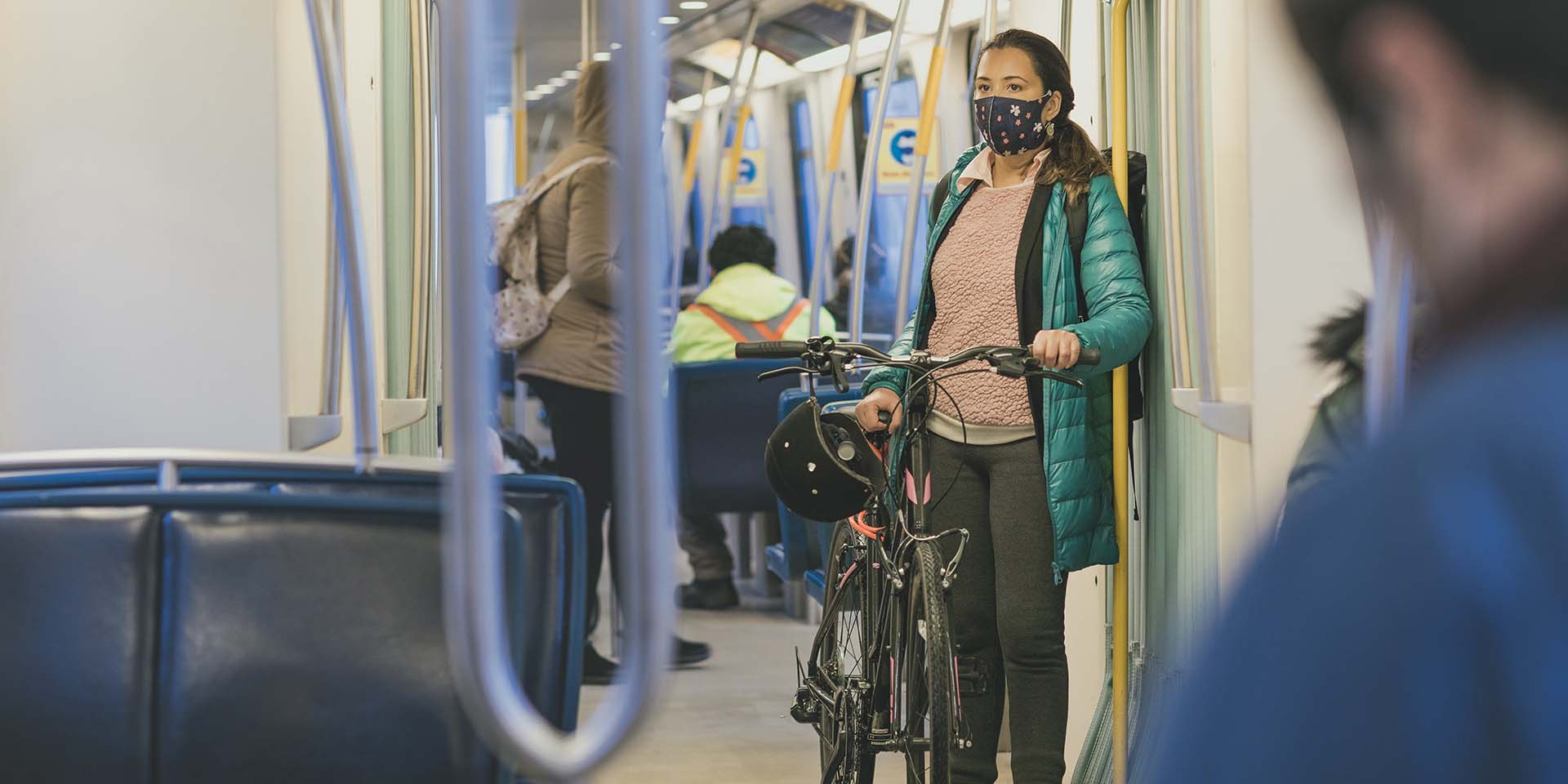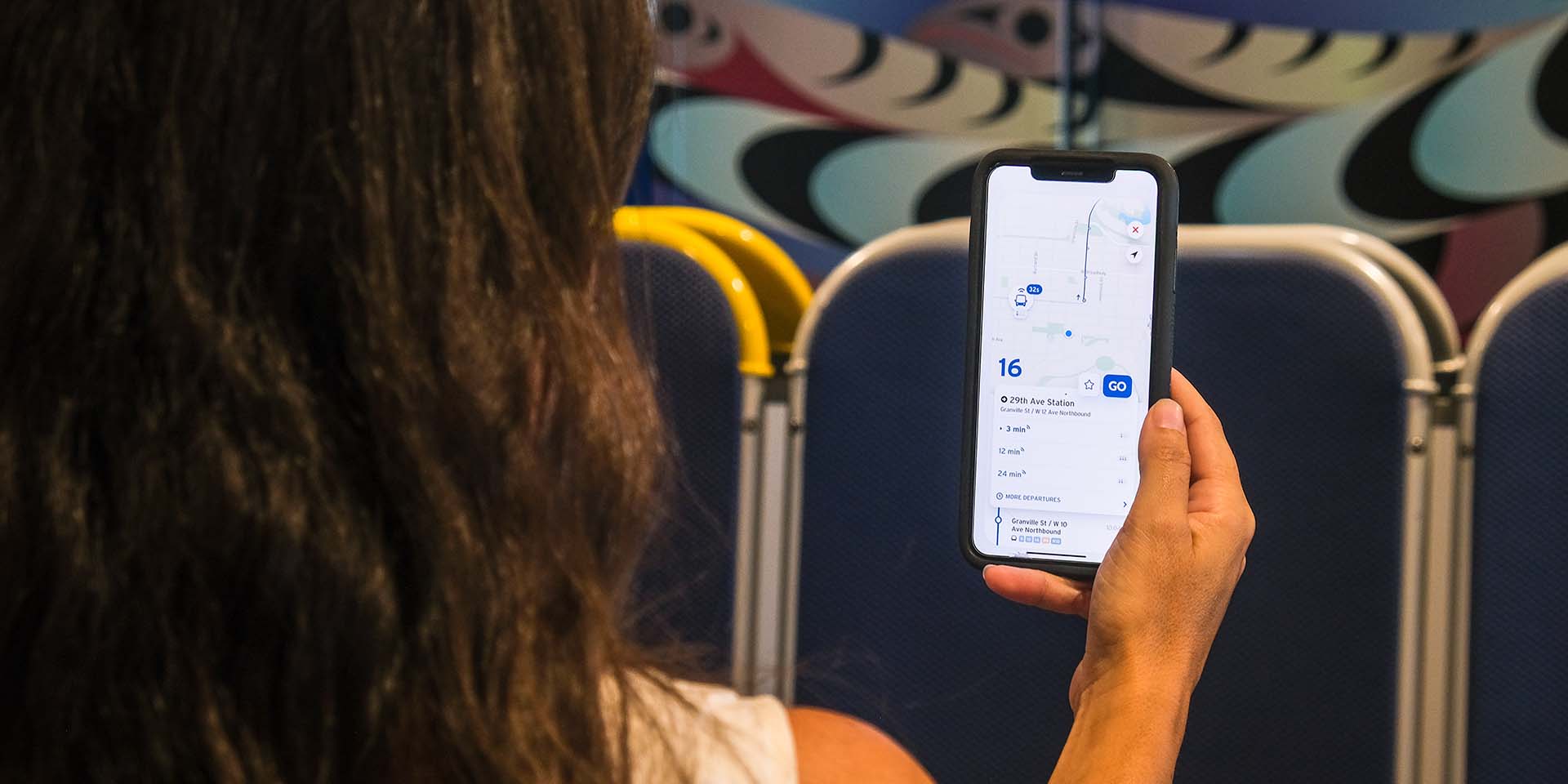This is your essential guide to riding transit as a post-secondary student
This is your essential guide to riding transit as a post-secondary student

New semester, new classes, new instructors and new classmates, but still the same transit you’ve come to rely on.
We’re here to support you in your journey to campus and there’s no better way than transit. It is one of the greenest ways to get around in Metro Vancouver with the SkyTrain reducing your greenhouse gas emissions by over 99 per cent compared to driving. When you’re choosing transit, you’re also choosing to fight the climate emergency.
So, let’s ride on. Here’s what you need to know as you embark on your journey on transit and higher learning.
There’s room for you
Although ridership rebound in Metro Vancouver is among the highest in North America, it’s still hasn’t reached 100 per cent of what it was prior to the COVID-19 pandemic, but services remain at or near pre-pandemic levels. We’re regularly monitoring systemwide ridership trends and adjusting service on routes based on that data. There’s room for you on transit.
The buses that arrive just before when classes start at the top or bottom of the hour are the most popular. Consider taking the bus that’s 10-15 minutes earlier than when you need to be on campus by.
More ways than one
Not only are post-secondary institutions learning hubs, they can also be regional transit hubs. That’s the case for the University of British Columbia (UBC)’s Vancouver campus and Simon Fraser University (SFU)’s Burnaby campus.
Do you ride the Millennium Line to SFU’s Burnaby campus? There’s more ways than the 143 from Burquitlam Station and 145 from Production Way–University Station. You can also catch the 144 SFU from Sperling–Burnaby Lake Station.
Same for UBC’s Point Grey campus. There’s the popular 99 B-Line and R4 41st Ave RapidBus routes, but there’s also the 84 UBC Express from Olympic Village and VCC–Clark stations.
Discover your options through our Trip Planner at translink.ca/tripplanner.
Sign up for Transit Alerts
From time to time, there could be changes to your transit route. Check and sign up for Transit Alerts at translink.ca/alerts.
Whether you’re riding bus, SkyTrain, SeaBus, West Coast Express, or HandyDART, we’ll text or email you updates as they happen, so you can know before you go.
Combine cycling with transit
Cycling can be the fastest way of getting around, especially in more urban areas. When you combine cycling with transit, you can travel even faster and further.
One way you can cycling with transit is riding to campus, then taking transit home like Lauren, a UBC student. Bikes are welcome onboard transit — including our buses, which are all equipped with bike racks. Check with your school to find out what options exist for bike parking.
You can also ride your bike to transit. Bike Parkades at transit hubs throughout the region allow you to easily connect to the SkyTrain, West Coast Express, RapidBus, and other express bus routes. There’s also the bike sharing service, Mobi by Shaw Go.
Load your U-Pass BC monthly
Eligible post-secondary students can tap into Metro Vancouver’s transit system with a U-Pass BC loaded onto their Compass Card. Link your card and request your U-Pass BC each month before you travel at upassbc.translink.ca.
You can request the next month’s pass on or after the 16th of each month. It can take up to 24 hours for your U-Pass BC to load onto your Compass Card, so please don’t wait until the last minute.
Check if there’s Room to Ride
We’ve partnered with Transit app to trial capacity predictions on buses so customers can ride with confidence and comfort. Transit is a popular mobile app that provides real-time public transit information in more than 200 cities worldwide, including Metro Vancouver.
Bus capacity predictions generated by Transit app are based on historical trends and Automated Passenger Counter (APC) data collected from TransLink’s bus network.







